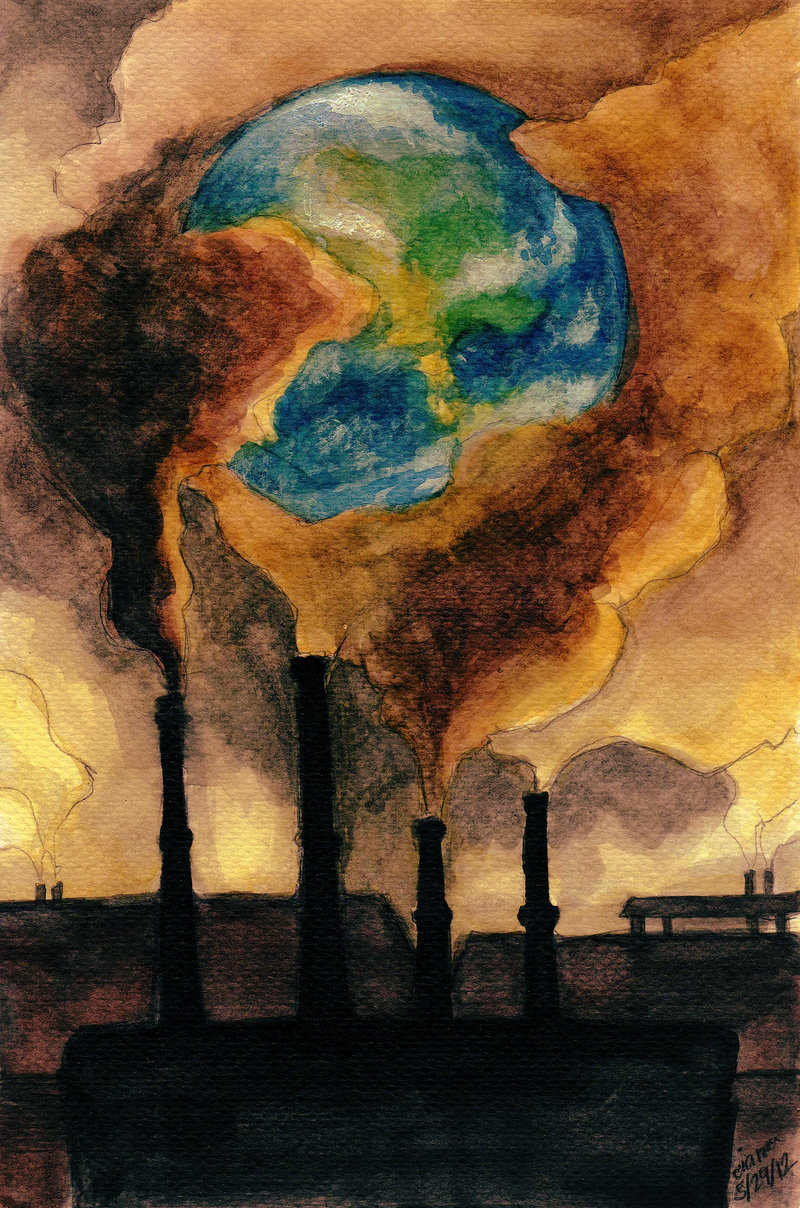 Sunshine overshadowed by a few lumbering clouds this afternoon on California’s north coast — and chilly, too.
Sunshine overshadowed by a few lumbering clouds this afternoon on California’s north coast — and chilly, too.
A big, big twist lately in our ‘normal’ temperature for winter has been those ‘atmospheric rivers’ involved with rainstorms out of the southern Pacific — a warmth not found in our usual Alaskan-born systems.
Warm is the new cold.
Out here on the Left Coast, the weather’s been ‘pineapple express,’ while back on the Atlantic seaboard, the days are fueled by a frigid-fruit express. As the earth warms, so fruitcake goes the weather.
In quests to halt climate change, one suggested route is what’s called ‘geoengineering,’ a concept of the ‘so far unproven science of intervening in the climate to bring down temperatures.’ (via BBC).
Concepts using geoscience, or earth science — fields of science dealing with planet earth — geoengineering seeks the easy, ‘silver-bullet’ fix, one that ain’t there.
(Illustration found here).
A good explanation of this option, considered ‘the most bizarre’ of all climate-change solutions comes from science historian James Fleming of Colby College in Maine at Scientific American three years ago:
“Geoengineering is planetary-scale intervention [in] — or tinkering with — planetary processes. Period.
As I write in my book, Fixing the Sky: The Checkered History of Weather and Climate Control, “the term ‘geoengineering’ remains largely undefined,” but is loosely, “the intentional large-scale manipulation of the global environment; planetary tinkering; a subset of terraforming or planetary engineering.”
Techniques also termed ‘hacking earth,’ would employ technological schemes to alter the chemical composition of the atmosphere, like seeding the air with particles to increase reflectivity, mostly crazy, way-expensive projects with unknown possible side effects. However, the shit was also considered not at all a substitution for reducing/eliminating emissions.
I guess, until the situation has become so dire, anything to throw at global warming might be contemplated. So in reports released this morning, the US National Academy of Science offered that climate change has advanced more-rapidly than figured just a few short years ago, might be time to put even crazy, half-baked ideas on the table.
A view of the reports at the Guardian:
The scientists were categorical that geoengineering should not be deployed now, and was too risky to ever be considered an alternative to cutting the greenhouse gas emissions that cause climate change.
But it was better to start research on such unproven technologies now — to learn more about their risks — than to be stampeded into climate-shifting experiments in an emergency, the scientists said.
With that, a once-fringe topic in climate science moved towards the mainstream — despite the repeated warnings from the committee that cutting carbon pollution remained the best hope for dealing with climate change.
“That scientists are even considering technological interventions should be a wake-up call that we need to do more now to reduce emissions, which is the most effective, least risky way to combat climate change,” Marcia McNutt, the committee chair and former director of the US Geological Survey, said.
Asked whether she foresaw a time when scientists would eventually turn to some of the proposals studied by the committee, she said: “Gosh, I hope not.”
How many wake-up calls are needed? Really.
Going back, maybe 50 years worth of warnings, the anniversary last Sunday — via Daily Climate:
President Lyndon Baines Johnson, in a February 8, 1965 special message to Congress warned about build-up of the invisible air pollutant that scientists recognize today as the primary contributor to global warming.
“Air pollution is no longer confined to isolated places,” said Johnson less than three weeks after his 1965 inauguration.
“This generation has altered the composition of the atmosphere on a global scale through radioactive materials and a steady increase in carbon dioxide from the burning of fossil fuels.”
Take a hack to the head…